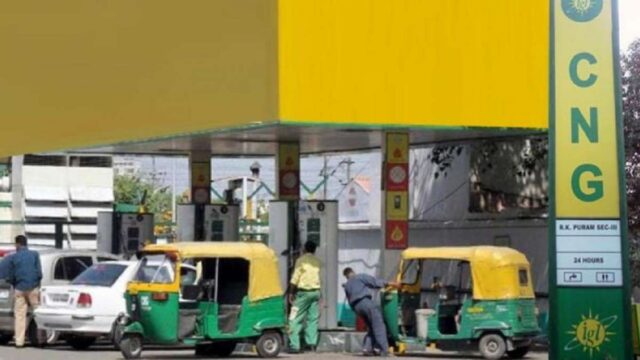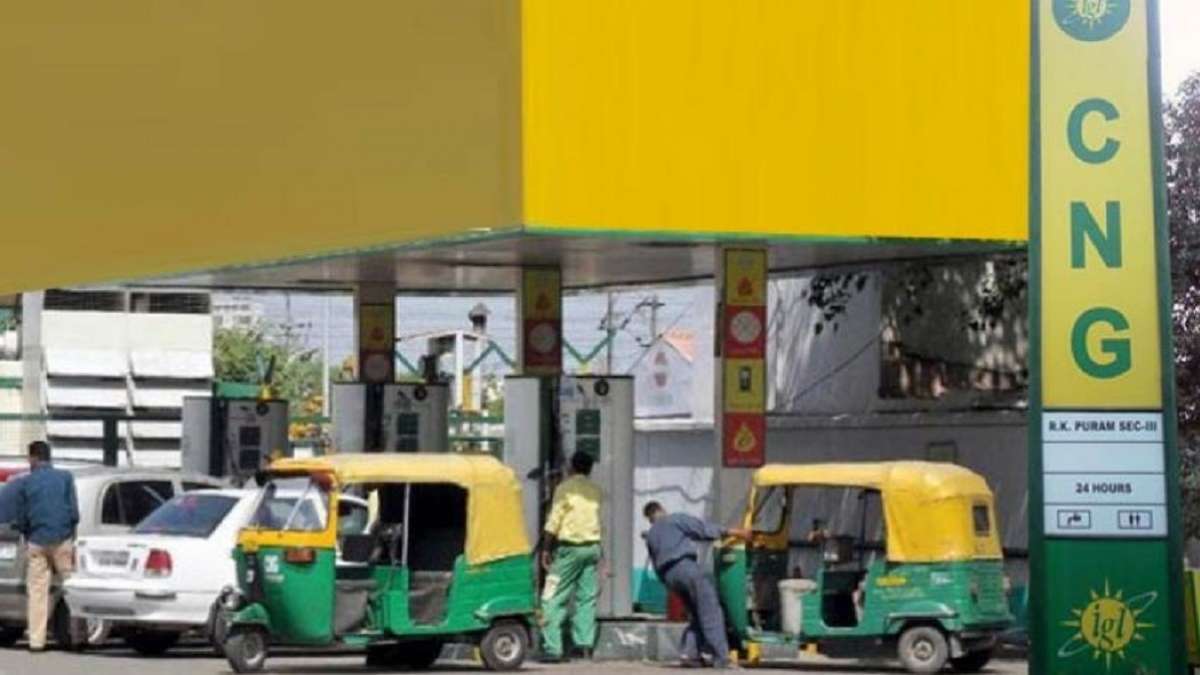
India’s natural gas demand is expected to rise by 6 percent in 2024 with a rise in consumption in fertiliser units, power generation and industrial sectors, according to the International Energy Agency (IEA). Following the 7 percent year-on-year decline observed in 2022, India’s primary gas supply rose by 5 per cent in 2023, with growth primarily driven by the petrochemical, power generation, refinery and industrial sectors.
“Natural gas demand in India is expected to increase by 6 per cent in 2024, mainly supported by higher gas use in industry (including in the fertiliser sector) and stronger gas burn in the power sector amid the development of its national pipeline grid and city gas infrastructure,” IEA said Gas Market Report released last week. India’s natural gas demand had risen to 64 billion cubic meters in 2023.
Liquefied natural gas (LNG) imports rose by 7 per cent on the year to 29 billion cubic meters last year, with import dependency at 44 per cent of the nation’s natural gas consumption. Domestic production was up 6 per cent on the year to 35 billion cubic meters on the back of a rise in output from Reliance Industries’ KG-D6 block. “We expect India to increase its LNG imports in 2024 by 7 per cent, fuelled by demand from the power and fertiliser sectors, as the country plans to stop importing urea by 2025,” IEA said.
Natural gas extracted from below surface and seabeds is used to make fertiliser, generate electricity, convert into CNG to run automobiles, piped to households for cooking purposes and used as fuel and feedstock in industries. India’s domestic production is insufficient to meet demand and so the fuel is imported as LNG in cryogenic ships. Power companies imported 2.32 billion cubic meters of LNG in 2023, making up around 9 per cent of total imports and up by 76 per cent on the year.
In November 2023 India approved mandatory blending of compressed biogas into the domestic gas supply. The mandate will be set at 1 per cent of total compressed natural gas and domestic piped natural gas consumption from 2025, and raised gradually to 5 per cent from 2028-29. On reforms, IEA said, “India continued to advance gas market reforms in 2023. The country introduced a unified pipeline tariff system on April 1, which could benefit consumers located far from domestic gas supply sources and/or LNG terminals. In addition to the market reforms, India is considering establishing strategic gas reserves to enhance gas supply security”.
The UFT policy will apply to a network of 21 pipelines, representing around 90 per cent of pipelines in operation or under construction. The price of transporting gas consists of two components – a fixed unified tariff based on the levelised cost of service of the entire pipeline network, and a variable zonal factor depending on distance.
“The UFT policy aims to create a more stable, competitive and transparent pricing regime, which should benefit both gas supply and demand. It is expected to assist the government in achieving the ‘One Nation One Grid One Tariff’ model,” it said. The IEA said India has approved a National Green Hydrogen Mission in January 2023. The mission sets a target for at least 5 million tonnes a year of green hydrogen production by 2030, “with potential to reach 10 million tonnes with growth of export markets”. It proposes two distinct financial incentive schemes to support domestic manufacturing of electrolysers, as well as the production of green hydrogen. The initial outlay of the mission is around USD 2.4 billion.
(With inputs from PTI)
ALSO READ | India’s foreign exchange reserves decline by USD 2.8 billion
ALSO READ | Ola plans to deploy 10,000 two-wheeler EVs in two months, scale up services across India by December








































